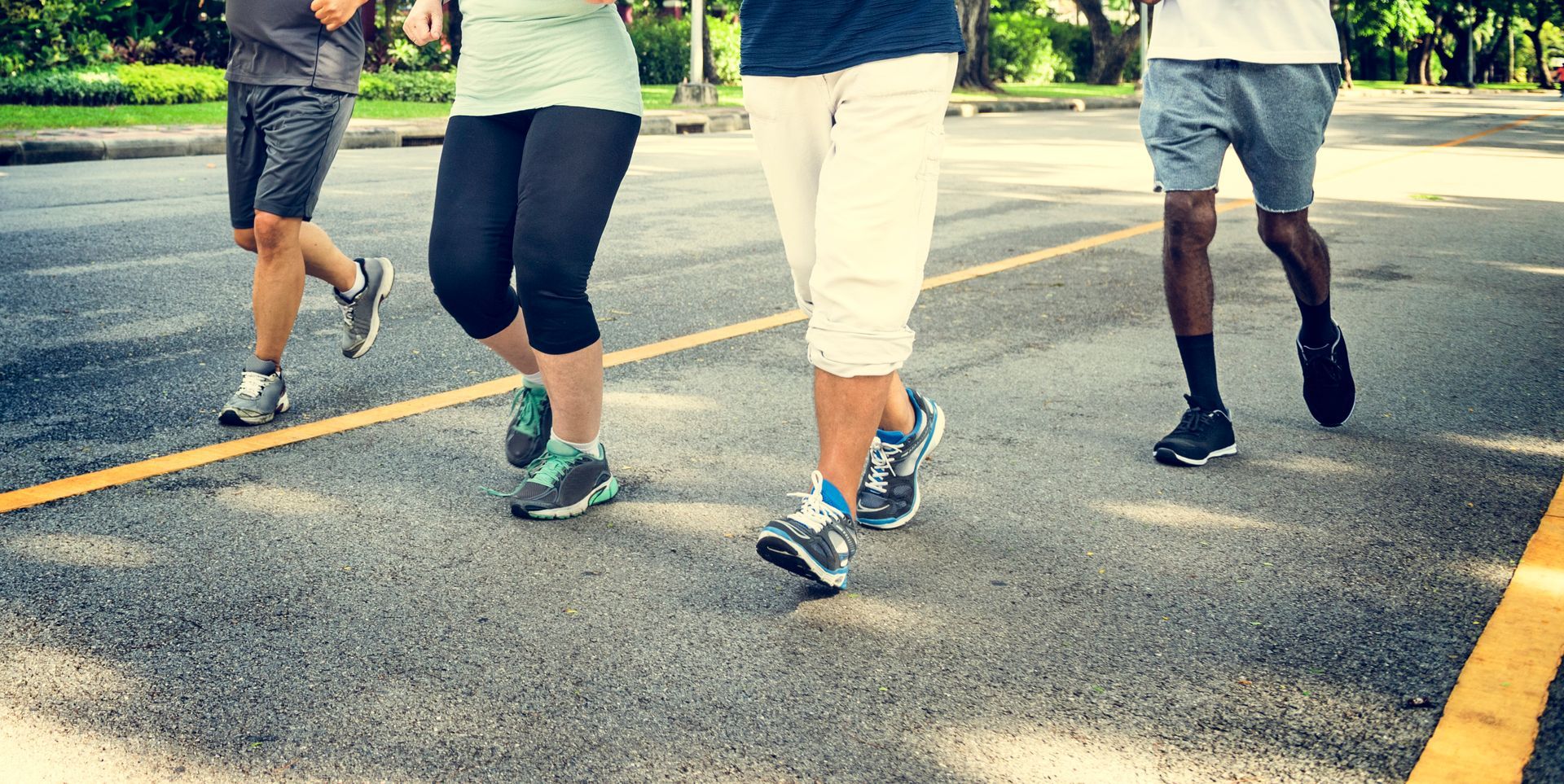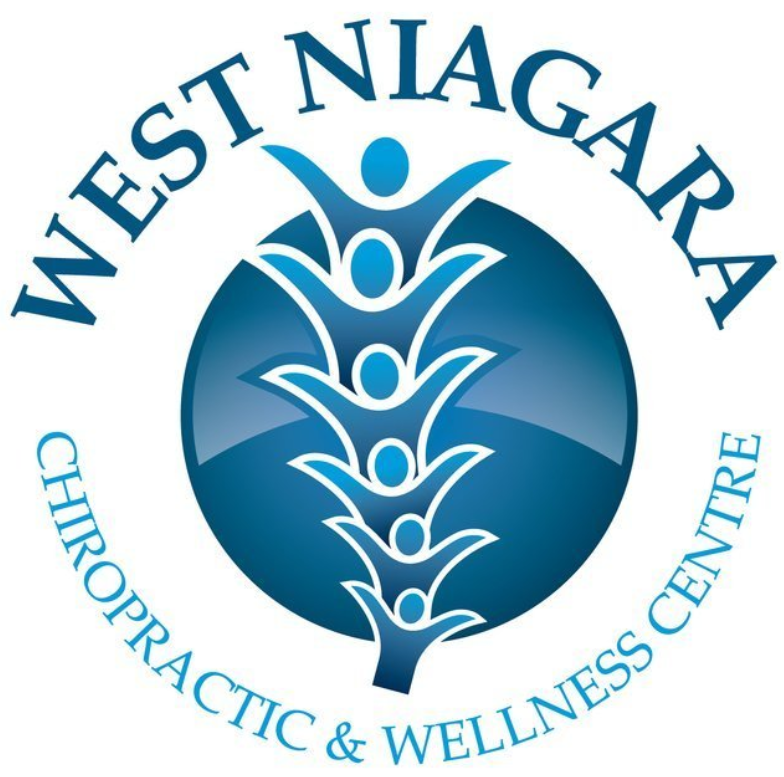Bounce Back Faster Tips for Recovering from Muscle Strain
Have you ever pushed yourself a little too hard during a workout and felt that sharp, sudden pain? That’s muscle strain. Whether you're an avid gym-goer or someone who enjoys the occasional jog, muscle strain can halt your fitness routine in its tracks. But don't worry. This blog post is here to guide you through the process of recognizing, treating, and recovering from muscle strain. By the end of this read, you'll be equipped with practical tips and insights to bounce back faster and smarter.

What is Muscle Strain?
Muscle strain occurs when your muscle fibers overstretch or tear. This often happens during high-intensity workouts or when you suddenly increase the intensity of an exercise. While muscle strain can affect any muscle, it's most common in your lower back, shoulders, and hamstrings.
Signs and Symptoms
Common symptoms of muscle strain include sudden pain, swelling, bruising, and weakness in the affected muscle. You might also experience difficulty moving the muscle. These symptoms can range from mild to severe, depending on the extent of the injury.
Causes and Risk Factors
Muscle strain is typically caused by overuse, fatigue, or improper use of a muscle. It can also result from not warming up correctly before exercising. Age, a sedentary lifestyle, and having a history of muscle injuries can increase your risk of experiencing muscle strain.
Immediate Actions to Take
Knowing what to do immediately after a muscle strain can significantly impact your recovery time. Here are some immediate steps to follow.
Rest and Ice
The first step is to stop any activity that caused the strain. Rest the affected muscle and apply ice to reduce swelling. Ice the area for 15-20 minutes every hour for the first 24-48 hours.
Compression and Elevation
Using a compression bandage can help minimize swelling. Make sure it's snug but not too tight. Elevate the injured area above heart level whenever possible to further reduce swelling.
Pain Relief
Over-the-counter pain relievers like ibuprofen or acetaminophen can help manage pain and reduce inflammation. Always follow the recommended dosage instructions.
The Importance of Proper Diagnosis
It's crucial to get a proper diagnosis to confirm that you're dealing with a muscle strain and not something more severe.
Consulting a Healthcare Professional
If the pain is severe or doesn't improve within a few days, consult a healthcare professional at West Niagara Chiropractic and Wellness Clinic.
Personalized Treatment Plans
A healthcare professional can provide a personalized treatment with the team at West Niagara Chiropractic.
Home Remedies and Natural Treatments
While medical treatment is essential, several home remedies can aid in your recovery.
Heat Therapy
After the initial swelling has reduced, usually 48 hours post-injury, applying heat can help relax muscles and improve blood flow. Use a warm towel or heating pad for 15-20 minutes.
Essential Oils
Essential oils like lavender or peppermint have anti-inflammatory properties. Dilute a few drops in a carrier oil and gently massage the affected area.
Herbal Supplements
Turmeric and ginger are known for their anti-inflammatory benefits. Incorporate these into your diet through teas or supplements, but consult a healthcare provider first.
Initial Assessment
West Niagara Chiropractic’s team will evaluate your muscle strain and create a customized exercise plan aimed at improving flexibility and strength.
Progressive Exercises
Initially, exercises will focus on gentle stretching and range-of-motion activities. As you progress, strength training exercises will be introduced to rebuild the affected muscle.
Manual Therapy
Manual therapy techniques like massage and mobilization can help reduce muscle tension and improve circulation, speeding up the healing process.
Nutrition for Muscle Recovery
What you eat can have a significant impact on how quickly you recover from a muscle strain.
Protein-Rich Foods
Protein is essential for muscle repair. Include foods like lean meats, fish, eggs, and plant-based proteins in your diet.
Anti-Inflammatory Foods
Foods rich in omega-3 fatty acids, such as salmon, flaxseeds, and walnuts, can help reduce inflammation. Fruits and vegetables like berries, leafy greens, and tomatoes are also beneficial.
Hydration
Staying hydrated is crucial for muscle function. Aim to drink at least 8-10 glasses of water daily, and consider electrolyte drinks if you're sweating a lot.
The Mental Aspect of Recovery
Recovering from a muscle strain isn't just about physical healing; mental resilience plays a significant role too.
Staying Positive
Maintaining a positive outlook can accelerate your recovery. Focus on the progress you’re making rather than the setbacks.
Mindfulness and Relaxation Techniques
Practices like meditation, deep breathing, and yoga can help manage pain and stress, contributing to a faster recovery.
Support System
Having a support system of friends, family, or a fitness community can provide emotional encouragement and practical help during your recovery.
Preventing Future Muscle Strains
Once you've recovered, it's essential to take steps to prevent future muscle strains.
Proper Warm-Up
Always start your workouts with a proper warm-up that includes stretching and low-intensity activities to prepare your muscles.
Strength Training
Incorporate strength training exercises into your routine to build muscle resilience. Focus on all major muscle groups to ensure balanced strength.
Listen to Your Body
Pay attention to signs of fatigue or discomfort during workouts. It's better to take a rest day than to push through and risk another strain.
When to Seek Professional Help
While many muscle strains can be managed at home, certain situations require professional intervention.
Persistent Pain
If the pain doesn't improve within a week or worsens, it's time to consult a healthcare professional.
Limited Mobility
Inability to move the affected muscle or joint could indicate a more severe injury that needs medical attention.
Complications
Look out for signs of complications like excessive swelling, color changes in the injured area, or fever, which could indicate an infection.
Staying Active During Recovery
Being sidelined by a muscle strain doesn't mean you have to become inactive.
Low-Impact Exercises
Activities like swimming, walking, or cycling can help you stay active without putting undue stress on the injured muscle.
Focus on Other Areas
Use this time to strengthen other parts of your body. For example, if you've strained a leg muscle, focus on upper body workouts.
Flexibility Training
Gentle stretching and flexibility exercises can keep your muscles limber and reduce stiffness during recovery.
How to Monitor Progress
Keeping track of your recovery can help you make informed decisions about returning to your regular activities.
Pain Scale
Use a pain scale from 1 to 10 to monitor changes in your pain levels. Decreasing pain is a good sign of healing.
Range of Motion
Regularly check your ability to move the affected muscle. Improved range of motion indicates progress.
Recovering from muscle strain involves a blend of immediate care, medical intervention, home remedies, physical therapy, proper nutrition, and mental resilience. Following these tips can help you bounce back faster and stronger.
Remember, it's essential to listen to your body and take preventive measures to avoid future strains. If you need personalized advice or have concerns about your recovery, consult a healthcare professional. Stay active, stay healthy, and keep pushing towards your fitness goals.
West Niagara Chiropractic and Wellness Clinic…(905) 945-3981 or
www.wncwc.ca












